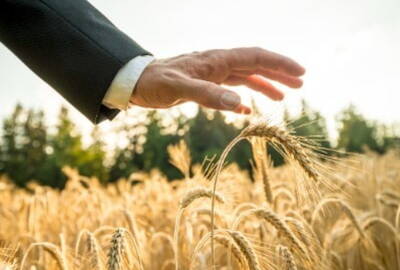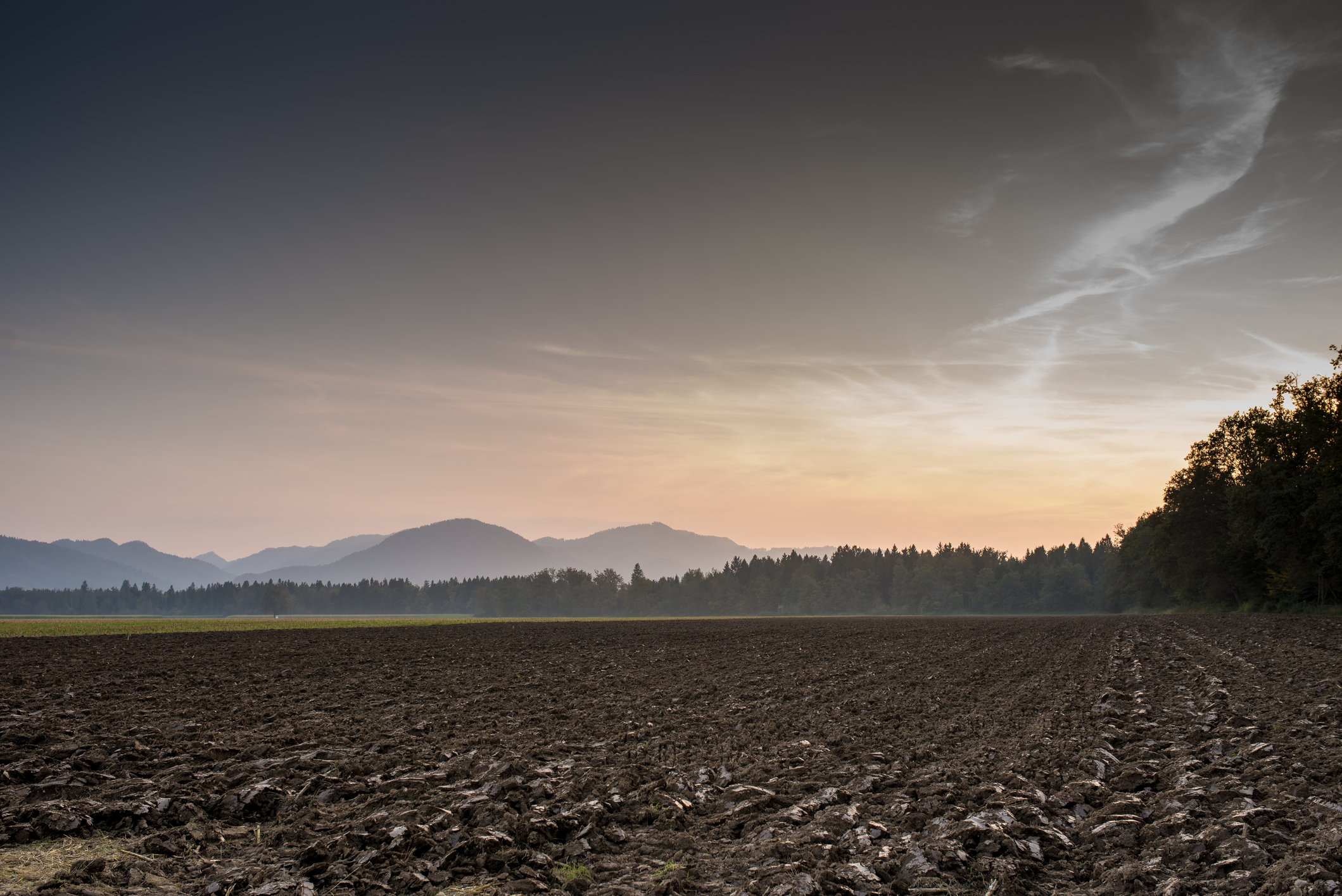Intensive crop production and commercial agriculture have resulted in improved yield and efficiency. However, in doing so, it has also damaged the environment and the earth’s soil. Approximately one-third of the soil on the planet is degraded due to intensive farming, some to the point where future crop production in those areas may not be possible. As a result, the agricultural sector needs to become more sustainable and embrace conservation agriculture. Read on to learn more about this type of agriculture, what it entails, and why it’s so important to implement.
What Is Conservation Agriculture?
Conservation agriculture refers to farming that is done so that it prevents further losses of arable land while also working to regenerate land that is already damaged. In addition to applying to all kinds of landscapes, it boasts several advantages, including biodiversity, reduced water contamination, reduced air pollution, sustained crop production, and improved soil conservation.
While conventional farming consists of changing the soil structure by ploughing and tilling, conservation agriculture rejects this. These practices improve soil structure in the short term but damage it in the long run and reduce soil fertility. Conservation agriculture reduces tilling, promotes crop rotation, and encourages direct planting into the soil to disturb as little as possible.
Conservation Agriculture Principles
Conservation agriculture includes several practices but is built on three major principles: minimal soil disturbance, promoting soil covering, and diversifying/rotating crops.
Minimum Mechanical Soil Disturbance
One of the major principles of conservation agriculture is disturbing the soil as little as possible. This refers to reducing tillage and promoting direct seeding instead. While zero-tillage and direct planting are preferred, some use strip-tillage if the area of the soil disturbed Is less than 25% of the cropped area or less than 15 cm wide. In addition to minimising soil movement, it’s ideal for covering the seed slot with mulch or other soil so that there’s no loose soil visible on the surface.
Permanent Soil Organic Cover
Another focal point of conservation agriculture is organic soil cover. This includes using cover crops if the gap between harvesting one crop and planting the next is too long. Cover crops help to improve soil properties and promote biodiversity at the same time. In addition to protecting soil during fallow periods, cover crops break compacted layers and hard pans in soil, control pests and weeds, and recycle the nutrients found in soil.
Since conservation agriculture relies on zero or minimal tillage, cover crops serve as biological tillage. Some crops have roots that can penetrate compacted and dense soil layers and increase water percolation capacity in it. Planting diverse root systems in soils allows them to explore different soil depths and absorb the different nutrients in the soil. Cover crops are also essential because soil cover determines the percentage of rainwater that infiltrates the soil.
Species Diversification
The last major principle of conservation agriculture is species diversification or crop rotation. This should involve at least three different crops which meet different objectives, including food and fodder production, residue production, cultivation, and more.
Crop rotation is essential because different crops root at different soil lengths, which allows them to explore the soil thoroughly for nutrients. Nutrients that haven’t been used by one crop and have leeched to deeper layers can be used by other crops. By doing this, the rotation crops act like biological pumps.
Crop diversification also leads to flora and fauna diversification by attracting different types of fungi and bacteria. Furthermore, it’s used for phytosanitary purposes, ensuring that pests and diseases associated with specific crops aren’t carried over to the next crop. As a result, it reduces weed and pest infestations.
Benefits of Conservation Agriculture
Conservation agriculture provides economic, agronomic, and environmental benefits. When combined with other known good practices such as using high-quality seeds and managing water and nutrients, it can improve yield, reduce costs, and improve biodiversity.
Healthier and More Nutrient-Rich Soil
The main benefit of conservation agriculture is the improved quality of soil. Conventional agriculture has resulted in soil erosion and groundwater pollution, both problems that conservation agriculture improves. By reducing surface runoff, conservation agriculture reduces soil erosion and the pollution resulting from it.
Improved Yield
One of the main arguments for conventional agriculture is the high yield associated with it. However, comparable yields have been seen when conservation agriculture is implemented, and over time, the yield has been known to increase, and the variations have been known to decrease.
Carbon Sequestration
One of the major tenets of conservation agriculture is minimising tilling. These no-till fields help with carbon dioxide emissions and control air pollution. As a result, they can make a change to the global warming issues the world is facing.
Reduced Costs
Conservation agriculture has been associated with cost reductions, including a reduction in production and labour costs. It also saves time, especially during peak seasons where land preparation and planting take up the majority of time and resources. Reducing reliance on some mechanized systems also reduces the costs associated with running and repairing that machinery. Soil tillage also consumes a large amount of energy, and zero-tillage solutions can help save on energy costs.
Sustainability
With the drastic effects of climate change being seen worldwide, an increasing number of farms have expressed an interest in sustainability. Conservation agriculture is one way to embrace sustainability since it maximises natural resources and improves yield without sacrificing soil or biodiversity.
Find Jobs in Conservation Agriculture
With conservation agriculture and sustainable farming practices taking centre stage, there are a variety of roles available in the ever-changing and expanding agriculture industry. With the climate movement and greener practices being introduced every single day, there’s never been a better time to join the industry or make a difference within it.
Whether you’re new to the agricultural industry or looking to make a change, Agricultural Recruitment Specialists can help. We help candidates from all over the UK, Europe, and the world find agricultural jobs and introduce them to some of the biggest organisations in the industry. If you’re looking for your dream agricultural job, you’re in the right place. Look through our job portal or let our experts help you find the right fit.
If you’re a company looking to fill a vacancy, look no further than our client services. Whether you’re looking for a trainee, a fresh graduate, or someone to fill a role in management, we have a vast pool of talent that could be the right fit. Reach out to us here to find the best in agricultural and farming talent.












